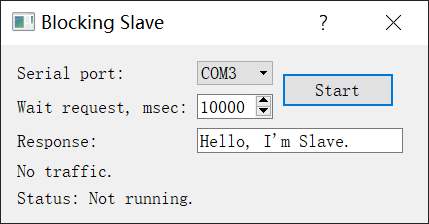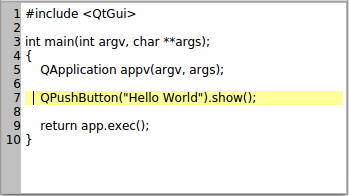
QTextCursor is also able to insert complex objects like tables or lists into the document, and it deals with creating selections and applying changes to selected text.īy default the text edit wraps words at whitespace to fit within the text edit widget. Text itself can be inserted using the QTextCursor class or using the convenience functions insertHtml(), insertPlainText(), append() or paste(). Markdown with some embedded HTML can be parsed, with the same limitations that setHtml() has but toMarkdown() only writes “pure” Markdown, without any embedded HTML. Text can also be set or replaced using setMarkdown(), and the same caveats apply: if you then call toMarkdown(), the text that is returned may be different, but the meaning is preserved as much as possible. The entire text can be deleted with clear(). If you call setHtml() with legacy HTML, and then call toHtml(), the text that is returned may have different markup, but will render the same. The text can be set or replaced using setHtml() which deletes any existing text and replaces it with the text passed in the setHtml() call. QTextEdit can display a large HTML subset, including tables and images. It can be changed through the viewport() ‘s cursor property. The shape of the mouse cursor on a QTextEdit is IBeamCursor by default. If you find the HTML support insufficient for your needs you may consider the use of Qt WebKit, which provides a full-featured web browser widget.
#Qt text edit portable
The rich text support in Qt is designed to provide a fast, portable and efficient way to add reasonable online help facilities to applications, and to provide a basis for rich text editors. If you just need to display a small piece of rich text use QLabel. Rich text can be described using a subset of HTML 4 markup refer to the Supported HTML Subset page for more information.

The text edit can load both plain text and rich text files. If the text is too large to view within the text edit’s viewport, scroll bars will appear. QTextEdit can display images, lists and tables. Each character within a paragraph has its own attributes, for example, font and color.

Paragraphs are separated by hard line breaks. The words in the paragraph are aligned in accordance with the paragraph’s alignment. A document consists of zero or more paragraphs. By default when reading plain text, one newline signifies a paragraph. A paragraph is a formatted string which is word-wrapped to fit into the width of the widget. QTextEdit works on paragraphs and characters. It is optimized to handle large documents and to respond quickly to user input. QTextEdit is an advanced WYSIWYG viewer/editor supporting rich text formatting using HTML-style tags, or Markdown format.

Def find (exp)ĭef moveCursor (operation)ĭef toMarkdown ()


 0 kommentar(er)
0 kommentar(er)
